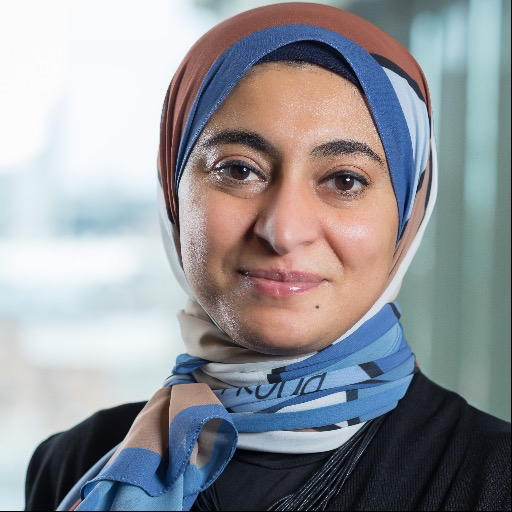European research team gets huge investment to explore sustainable building materials

Marwa Dabaieh has received nine million SEK of a total of a 50 million SEK to explore the possibilities of creating a sustainable alternative to concrete.
Is it time we considered alternatives to concrete when building for the future? A more sustainable solution is the ambition of a Malmo University researcher who is part of an EU team that has just received a 50 million SEK cash boost to explore the potential of alternative building materials.
The aim of the project is to create the first fully-biodegradable solution for walls, made exclusively from natural materials. The walls will be developed by a multidisciplinary team of experts including architects, material scientists, sustainability experts, mechanical engineers, product developers, and programmers.
We use concrete as a solution but in the past, people used a variety of materials that suited their culture, climate, and geographical context.
Marwa Dabaieh
Nine million SEK will go to Marwa Dabaieh, a professor at Malmö University and an architect with expertise in sustainable and environmentally conscious architecture. She has been researching climate-neutral architecture for more than 20 years; her PhD thesis focussed on building with clay.
“The uniqueness of this project is that we will develop 3D reinforcement for clay walls so that the structure is stable. Clay is not as robust as other materials,” says Dabaieh. “Reinforcement also allows for greater flexibility in terms of shapes and reduces the quantity of clay needed.
“While clay is not renewable itself, the natural 3D reinforcement should be biodegradable and renewable as will be the final end product.”
The four-year innovation project has only one stipulation – the material should be biodegradable and renewable.
“We can start with reeds and other materials such as straw or residual products like rice husks. However, they must be materials that are not edible or that can be used for other important purposes.”
Dabaieh is responsible for ensuring all processes and experiments are as sustainable as possible, but otherwise, the framework is very broad. “The technology should not limit the researchers' thoughts; it should help us achieve our goals.”
The aim of the project, called the Loam Walls with Algorithmically Generated 3D Natural Reinforcement, is to produce a product that has the least possible impact on the environment, but a major impact on society and humanity. The choice of materials should make heating and cooling buildings both more affordable and more environmentally friendly. Furthermore, economics and building regulations must be considered.
“We have good industrial partners in the project, but I don't know how interested the big construction companies are in clay – if they think smart, they will find a way in.”
Dabaieh opposes the standardised one-size-fits-all approach in today's construction and hopes to raise awareness about working with natural materials.
“We use concrete as a solution but in the past, people used a variety of materials that suited their culture, climate, and geographical context.”

